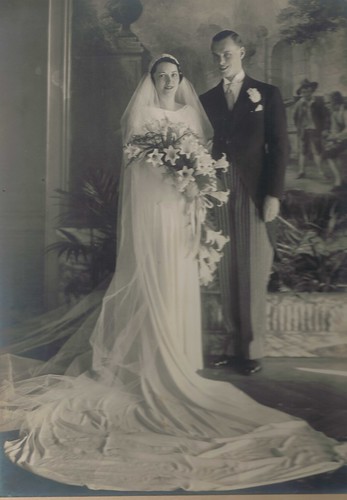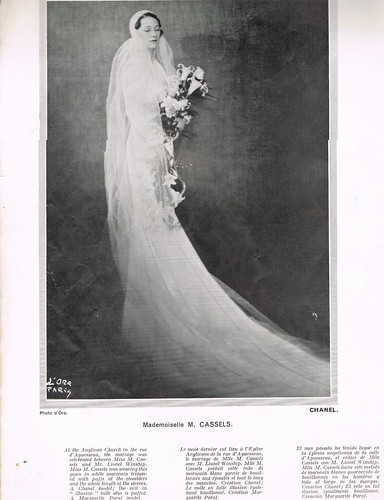
A gorgeous couple
The movie was interesting for me because it wasn't exactly a success story, although Chanel, as we all know, not only became successful, but a major influence in women's fashion which has yet to be rivaled. It was fascinating in how it depicted the strict social structure of French society and how that may have led to Coco's life and art decisions.
She couldn't afford to get to Paris on her own or on her musical "talent," so she made a hard, practical decision to hook up with a man who could help, Étienne Balsan. Her relationship with Balsan was complex. At times it was clear he thought of her as a bit of fluff, a weekend diversion, and she thought of him as a convenient place to stay near Paris. But at other times they seemed to have a growing affection for one another. He appreciated her individuality, even if he didn't fully understand her, and she came to treat him as a true friend. Through Balsan she met Arthur 'Boy' Capel. He was apparently the love of he life, although it is also evident that for quite a while both men share a mistress. It's all very French and very sophisticated and somehow still shocking—these sorts of arrangements are rarely depicted in American films.

French fashion magazine L'Officiel, which featured Grand-Mère in her wedding gown
According to the movie, even while living in a chateau outside Paris with Balsan, Coco could not afford nice clothes. Balsan kept her well, as long as she stayed in her room, but he didn't take her anywhere with him or buy her any clothes—he felt she didn't fit in with his class, his friends. She put up for it for a while and then raided his closet—full of tons of beautifully made shirts. She uses her sewing skills to adorn and improve her plain dresses with his collars and sleeves. Coco disdained corsets and wore loosely fitting dresses—some called them shapeless, but others could see that she was forming her own unique style. She really starts to get some notice with some hats that she made for some of Balsan's lady friends. We can see the light bulb start to flicker. Trained as a seamstress, she decides that she could make a living, an independent one, making hats, and eventually, clothes. This all happened around 1910. Considering how women were dressing at the time, Coco's looks must have seemed truly avant-garde.

Grand-Mère in L'Officiel
Audrey Tatou is a quite serious Coco in Coco before Chanel. When Coco does have the occasion to smile, you feel lifted, a sense of relief, and realize how hard an effort it was for her to circulate among the leisure classes. Through sheer individuality she manages to hold her own. She is staked by 'Boy' Capel in her first hat and dress shops. By the 1920s she was firmly established as a couturiere in Paris. She must have been the very height of fashion when my Grandmother lived in Paris. I have so many photos of my grandmother from that time, and she always looks fabulous. Coco and my grandmother were both definitely a part of that style, a part of that très, très chic era.


0 comments:
Post a Comment